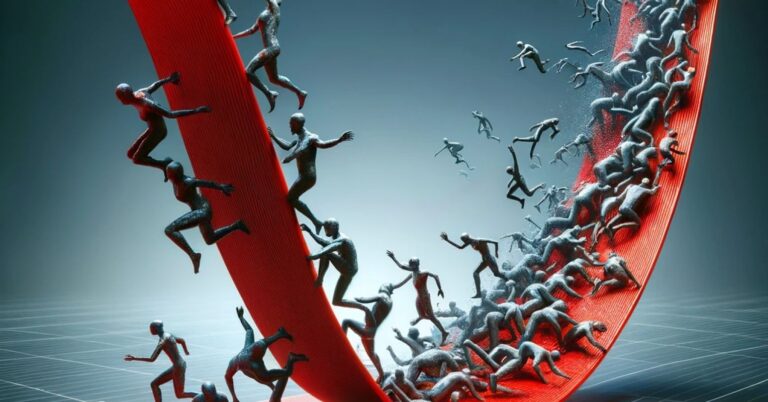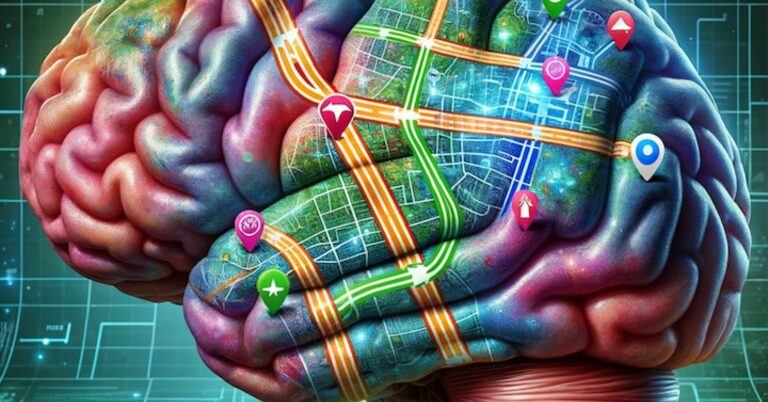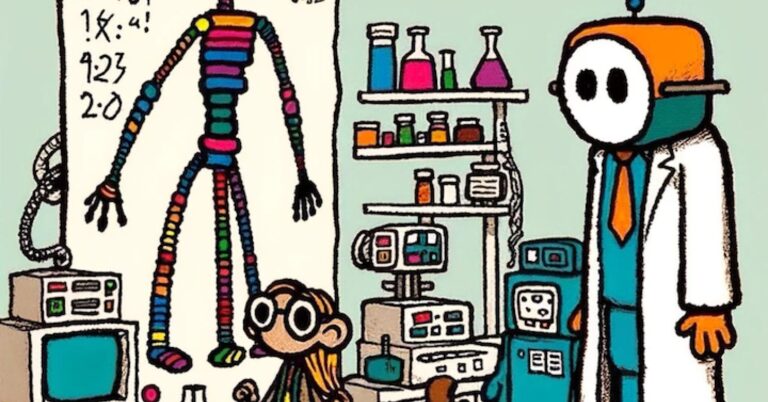
Art: DALL-E/OpenAI
The Enduring Echoes of Ancient Wisdom
In the sacred texts of the Upanishads, a central spiritual principle is articulated: “As you think, so you act. As you act, so you become.” This ancient Hindu scripture, whose name translates to “sitting down near,” invites disciples to draw close and imbibe wisdom from the master. It’s a call to think and realize the power of thought as the foundational element of our reality. The Upanishads, part of the broader Vedic texts, are not mere religious manuscripts; they are philosophical treaties exploring the nature of reality, consciousness, and existence.
The Resonance with Modern Technology
In a striking parallel, today’s technological marvels, particularly Large Language Models like GPT, embody a similar philosophy. These AI systems thrive on iterative dynamics and thought facilitation, offering a scaffold upon which human cognition can climb to previously unimagined heights. LLMs don’t just process information; they simulate a form of understanding, learning from each interaction, evolving with each new piece of data. They are the digital offspring of the very principle the Upanishads preached – that thought shapes reality.
Socratic Dialogue, a Timeless Educational Method
The Socratic method, a form of cooperative argumentative dialogue, also aligns with this ancient wisdom. Socrates, through his method of questioning, sought to stimulate critical thinking and illuminate ideas. This methodology is not just historical; it’s timeless, continually finding resonance in modern educational practices and intellectual discourses. It underscores the importance of questioning, a critical aspect of AI’s learning process.
The Universal Teacher-Student Dynamic
This age-old teacher-student dynamic transcends cultures and epochs. It’s as visible in the hallowed halls of academia as it is in the hands-on learning of medical rounds or the practical mentorship in an auto repair shop. This universal paradigm of knowledge transfer is now being revolutionized by AI and technology. AI, in many ways, acts as both a teacher and a student, learning from human input and, in turn, educating us through its outputs. It’s a digital manifestation of the Upanishadic principle, a modern iteration of the Socratic method, and a technological extension of the mentor-apprentice relationship.
A Fusion of Ancient Insight and Modern Innovation
We stand at the threshold of what can be called the Cognitive Age, a period defined by the fusion of ancient wisdom with cutting-edge technology. This era is not just about the advancement of technology for technology’s sake; it’s about the convergence of human thought, ancient philosophies, and AI, creating a symbiotic relationship that propels us towards a future rich with unexplored potential. The philosophical and functional constructs of the past are not being replaced; they are being transformed, finding new relevance and application in the context of AI and technological innovation.
A Timeless Journey Forward
The Upanishads, the Socratic dialogue, and the timeless teacher-student dynamic are not relics of a bygone era. They are living, breathing ideas, continually reshaping themselves within our modern context. As we integrate AI and technology into the very fabric of our society, we are not just advancing technologically; we are evolving collectively. We are witnessing a unique fusion of the ancient and the modern, where timeless wisdom aids in navigating the complexities of a rapidly evolving digital landscape. In this Cognitive Age, as we shape our technologies, they, in turn, shape us, echoing the eternal Upanishadic truth: “As you think, so you act. As you act, so you become.”




















+ There are no comments
Add yours